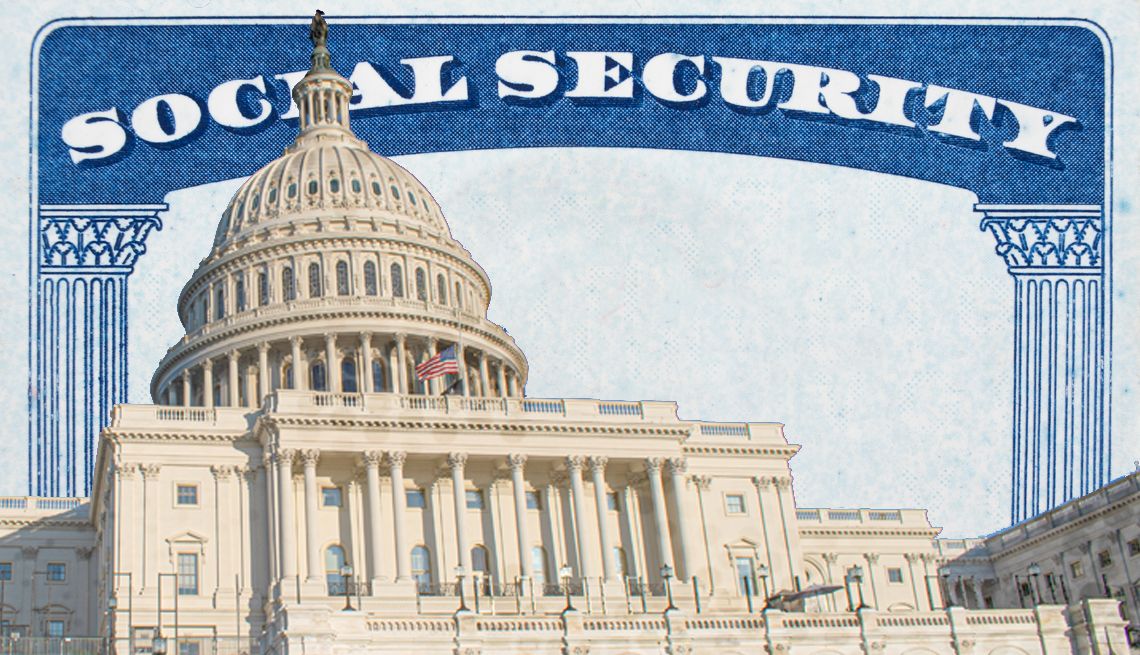AARP Eye Center
Benefits Boost: Learn How to Find Extra Aid
Lou Annie Charles has lived in her Seattle home for nearly 70 years. She and her late husband raised their two children there. It’s near her church. It has a garden she tends to each summer.
At 101, she has no plans to leave.
Her ability to stay is helped by Washington’s senior property tax exemption, which last year cut her tax bill from $7,000 to $2,200. “It has helped me a lot,” Charles says. “If I didn’t have it, I would have to let a lot of things go.”
Other Washingtonians take advantage of the credit — but plenty don’t. It’s one of several programs offering benefits to older residents that many don’t use.
“There is no more under-utilized program in Washington state than the tax exemption,” says King County Assessor John Wilson. He says about 23,000 households in his county use it, while 25,000 to 30,000 potentially eligible homeowners don’t. It could save those 61 or older — as well as certain people with disabilities — thousands of dollars a year.
It’s not just tax credits that gather dust. A law to help with hospital costs is often ignored, and programs that provide older residents with food go untapped. The reasons are many, including changing requirements and the low visibility of the assistance.
AARP Washington is working to educate members about such benefits — and how to access them.
Leaving food on the table
Older residents could be eligible for food assistance, from the federal Supplemental Nutrition Assistance Program that helps people of all ages buy groceries, to programs that provide hot meals at community sites and food pantries, to home-delivery options such as Meals on Wheels.
SNAP recipients must meet income guidelines, but other food programs may only require that people be over 60.
Laura Cepoi, executive director of the Olympic Area Agency on Aging, which serves four rural counties in western Washington, has seen increased use of food programs in recent years, due in part to the end of pandemic-fueled emergency SNAP benefits, as well as rising food costs.
Yet she estimates only half the people in her region who qualify actually participate. She cites stigma, administrative hurdles and lack of outreach as factors for this. Overcoming such barriers is vital, she says.
Tapping charity care law
Residents may also qualify for discounts with hospital bills. That’s due to a law that requires hospitals to provide financial assistance to eligible patients and notify them that this help exists — regardless of age, insurance status or citizenship.
And under a 2022 expansion of the law, people making up to 400 percent of the federal poverty level can qualify for discounts in certain large hospitals. Overall, the state says about half of Washingtonians qualify for free or reduced-cost care.
But there’s evidence patients haven’t gotten the relief due them.
In February, Washington Attorney General Bob Ferguson (D) settled with the Providence health system for what his office said was “aggressively collecting money from low-income Washingtonians without determining if they qualified for financial assistance.” Providence must provide $157.8 million in debt forgiveness and refunds to nearly 100,000 people.
Kathy Jesse is a freelance writer in Montgomery County, Maryland.
For more on benefits and financial assistance programs
















)


















.jpg?crop=true&anchor=13,195&q=80&color=ffffffff&u=lywnjt&w=2008&h=1154)





























